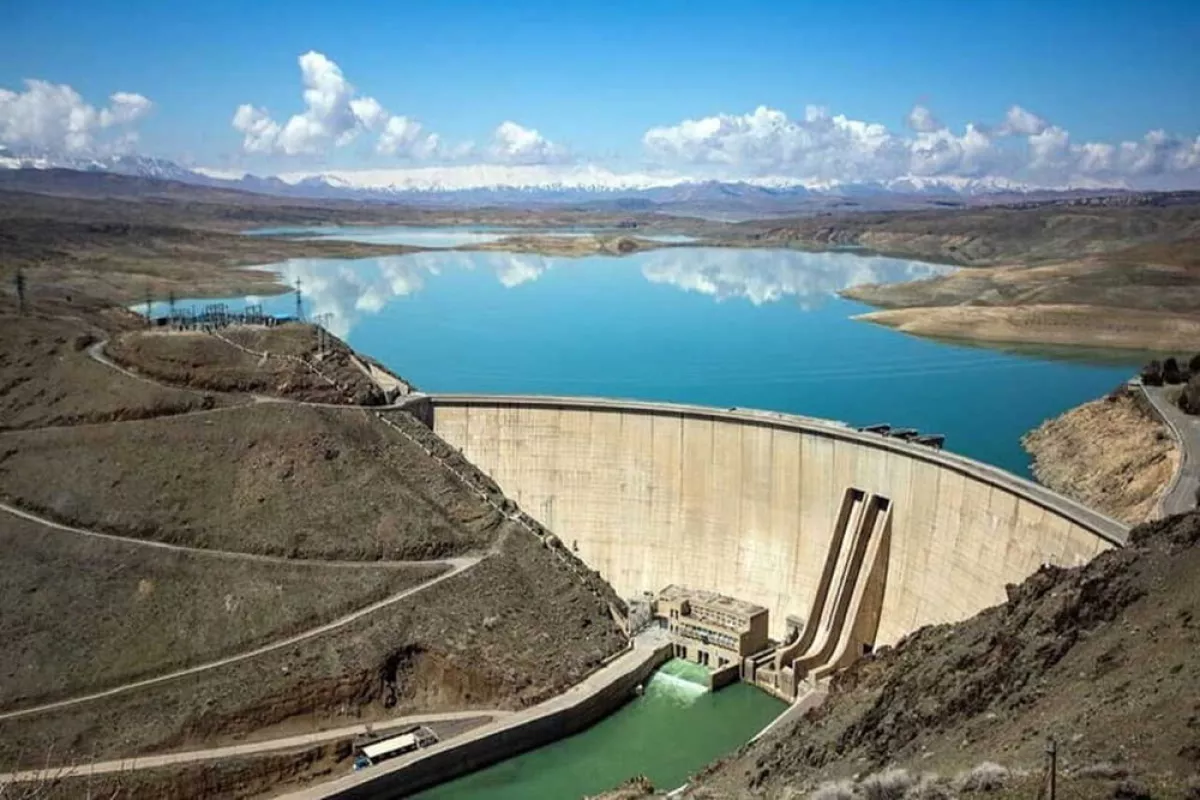Causes of Tehran’s water crisis go beyond ongoing draught
Iran is confronting one of its most severe water emergencies in decades, with the capital, Tehran, at the center of a deepening crisis brought on by prolonged drought, diminishing reservoirs, and years of unsustainable water management. After more than two months without meaningful rainfall, Tehran received just an hour of rain last week—far too little to affect the dangerously low levels of the dams that supply the city and much of the surrounding region. Water cuts have increasingly become a part of daily life for millions.
Acknowledging the gravity of the situation, President Masoud Pezeshkian even warned on November 6 that the government may be forced to impose strict rationing and even consider evacuating the capital if conditions do not improve by the end of December 21.
“If it doesn't rain, we will be forced to ration water in Tehran from the Iranian month of Azar [ending December 21], and if it still doesn't rain, we will have to evacuate Tehran,” he said. While a government spokesperson later softened his statement, officials emphasized that the president’s remarks were intended as a stark alert that the 9.7 million-strong capital “cannot bear the population load.”
Since the onset of the traditional rainy season in late September, most Iranian cities—including Tehran—have received only scattered showers. The capital’s five major dams—Lar, Taleghan, Latian, Mamlu, and Amirkabir—now hold under 200 million cubic meters of water, about one-third of their usual combined capacity, according to an article by Nikkei Asia. Reservoirs in the cities of Karaj, Tabriz, Mashhad, and Bandar Abbas have also fallen to critically low levels.
Government officials warn that the remaining water is barely sufficient to preserve the structural integrity of the dams, let alone sustain urban consumption or agricultural activity. As part of its conservation measures, authorities have reduced water pressure between midnight and 6 a.m.
Environmental crisis goes beyond water shortage
But this step leaves households without pumps or rooftop tanks entirely without water overnight. In wealthier districts, high-rise buildings equipped with storage tanks mask the severity of the crisis, perpetuating the illusion that supply problems are manageable.
Yet these same high-rises—and much of the city—depend heavily on groundwater, which accounts for more than 60% of Tehran’s water supply. Overpumping has compacted the alluvial layers beneath the city, causing land subsidence that has already cracked some buildings, according to experts cited in a Foreign Policy journal article.
Alluvium is loose sand, clay or ground that is deposited in the sand bed by a source of running water, such as a stream of groundwater. Tehran sits atop several major earthquake fault lines, and geophysicists warn that structures weakened by such sinking ground could collapse in a significant quake, which experts agree is certain to occur in the future.
Experts have cautioned for years that Iran’s water use was on an unsustainable trajectory, but a combination of Western sanctions, political turmoil, and recurring protests shifted attention away from environmental issues. Tehranis, often shielded from shortages that long plagued rural and peripheral provinces, are now experiencing the consequences firsthand. According to the Foreign Policy article, the capital has long consumed more than its fair share of resources, while national water policy prioritized expanding supply rather than safeguarding natural aquifers.

Public perception has also contributed to the crisis. Many Tehran residents assume the city’s dams are the primary source of drinking water and associate visible reservoir levels with stability. The reality—that groundwater is doing most of the work—is widely misunderstood. This disconnect has fueled public anxiety as declining rain and snowfall expose alarming shortfalls in stored water.
For now, the government appears to be concentrating on reducing agricultural consumption, which accounts for roughly 80% of national water use, compared with just 7% to 8% for household needs. Mohammad Jafar Ghaempanah, vice president for executive affairs, has described “crop pattern modification” as a key focus in efforts to curb demand.
To reassure the public, the government recently rushed the completion of a tunnel-and-canal system diverting water from the Taleqan Dam. But experts note that Taleqan cannot meet Tehran’s needs and that interbasin transfers merely shift water stress from one region to another—an approach increasingly criticized as environmentally unjust to rural and urban communities alike.
Despite years of warnings, Iran has invested heavily in dams and large-scale transfer projects rather than in modern wastewater treatment and aquifer recharge systems. As the country enters yet another year of poor precipitation, the limits of this strategy are becoming increasingly evident, leaving Tehran—and Iran as a whole—vulnerable to a worsening water emergency.
By Nazrin Sadigova








